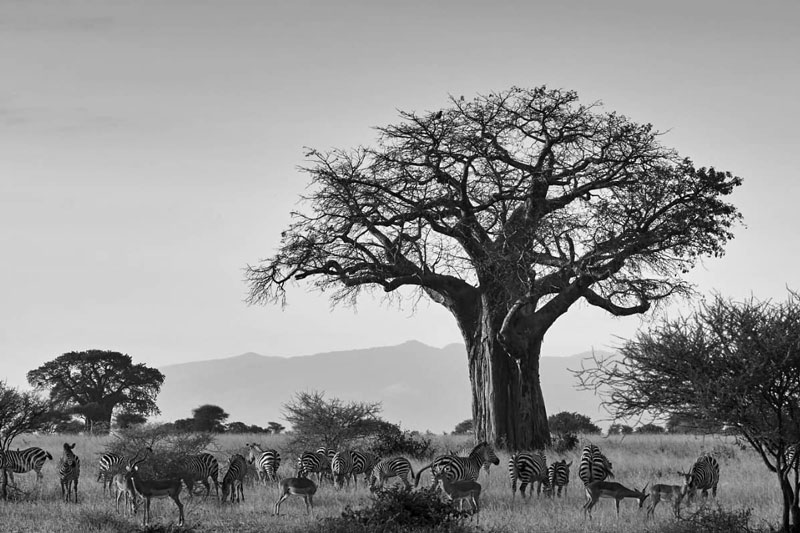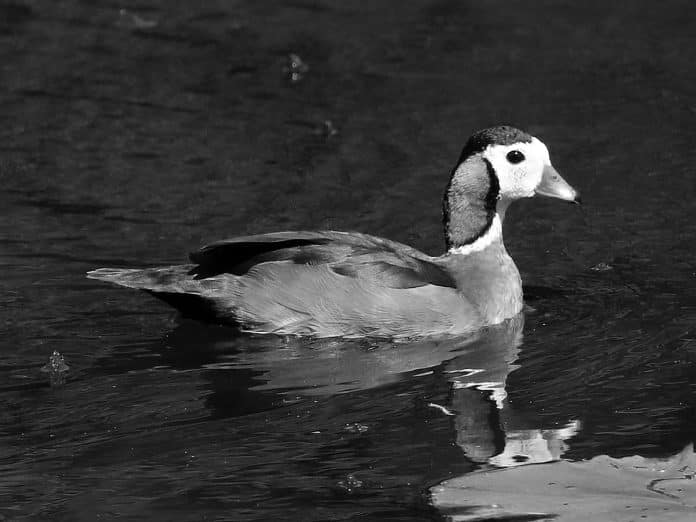African Pygmy Goose in Tanzania: Exploring the Enchanting World of this Fascinating Bird
The African Pygmy Goose (Nettapus auritus) is a small waterbird found in various parts of Africa, including Tanzania. With its vibrant plumage and unique characteristics, this bird has captivated the hearts of birdwatchers and nature enthusiasts alike. In this article, we will take a closer look at the African Pygmy Goose and delve into its habitat, behavior, conservation status, as well as birdwatching and photography opportunities in Tanzania.
Habitat and Distribution of the African Pygmy Goose in Tanzania
The African Pygmy Goose is commonly found in wetlands and marshy areas, making Tanzania an ideal habitat for these birds. They are frequently spotted in the country’s national parks, such as Serengeti, Tarangire, and Lake Manyara. These parks offer a diverse range of ecosystems, including swamps, lakes, and rivers, which serve as perfect breeding and feeding grounds for the African Pygmy Goose.
In Tanzania, the African Pygmy Goose can be found throughout the year, but their distribution may vary depending on the season. During the dry season, they tend to concentrate in areas with permanent water sources, while in the wet season, they disperse across a wider range of habitats. The presence of these birds adds to the rich biodiversity of Tanzania and contributes to the overall charm of its natural landscapes.

Physical Characteristics and Behavior of the African Pygmy Goose
The African Pygmy Goose is distinguishable by its striking appearance. The male has a glossy black head and neck, contrasting with a white face and a distinctive triangular patch around the eye. Its body is predominantly chestnut-brown, with black wings and a white underbelly. Females, on the other hand, have a more muted coloration, with a grayish-brown head and neck.
These birds are known for their unique behavior, particularly their affinity for floating vegetation. African Pygmy Geese often perch on floating lily pads or vegetation mats, where they feed on aquatic plants, seeds, and insects. They are also skilled divers, capable of staying underwater for short periods of time to search for food. The African Pygmy Goose is a social species, often forming small flocks or pairs during the breeding season.
Conservation Status and Threats to the African Pygmy Goose
The African Pygmy Goose is classified as a species of least concern by the International Union for Conservation of Nature (IUCN). However, despite its relatively stable population, there are still potential threats to its survival. Habitat loss and degradation, caused by human activities such as agriculture and urbanization, pose significant challenges to the African Pygmy Goose.
Climate change also poses a threat to these birds, as alterations in rainfall patterns and water availability can impact their breeding and feeding habitats. Additionally, pollution and the introduction of invasive species can disrupt the delicate balance of ecosystems where the African Pygmy Goose resides. Conservation efforts, including the protection of wetland areas and the promotion of sustainable land use practices, are crucial in ensuring the long-term survival of this enchanting bird.
Birdwatching and Photography Opportunities for the African Pygmy Goose in Tanzania
For birdwatchers and wildlife photographers, Tanzania offers exceptional opportunities to observe and capture the beauty of the African Pygmy Goose. The country’s national parks and protected areas are havens for bird enthusiasts, providing a chance to witness these birds in their natural habitat.
To increase your chances of spotting the African Pygmy Goose, it is recommended to visit during the dry season when they are more concentrated around permanent water sources. Lake Manyara National Park is particularly renowned for its abundant birdlife, including the African Pygmy Goose. The park’s diverse ecosystems offer a range of birdwatching and photography opportunities, making it a must-visit destination for enthusiasts.
Best Time and Places to Spot the African Pygmy Goose in Tanzania
The best time to spot the African Pygmy Goose in Tanzania is during the dry season, which typically runs from June to October. During this period, water levels are lower, and the birds are more likely to gather around permanent water sources. Lake Manyara National Park, with its picturesque landscapes and rich biodiversity, is an excellent place to start your African Pygmy Goose adventure.
Another notable location is Tarangire National Park, located in northern Tanzania. This park is famous for its vast elephant herds, but it is also a haven for birdwatchers. The swamps and rivers within the park attract a wide variety of bird species, including the African Pygmy Goose.
Tips for Observing and Photographing the African Pygmy Goose
When observing and photographing the African Pygmy Goose, it is essential to minimize disturbance to the birds and their habitat. Here are a few tips to ensure a respectful and rewarding experience:
- Use a telephoto lens: To capture the intricate details of the African Pygmy Goose, a telephoto lens with a focal length of at least 200mm is recommended. This will allow you to photograph the birds from a distance without causing any disturbance.
- Be patient and observant: The African Pygmy Goose can be elusive at times, so patience is key. Spend time observing their behavior and movements to anticipate their next actions. This will greatly enhance your chances of capturing unique and captivating shots.
- Respect their space: Avoid getting too close to the birds or disturbing their habitat. Keep a safe distance and use binoculars or a zoom lens to observe them without causing any disruption.
Interesting Facts and Trivia about the African Pygmy Goose
- The African Pygmy Goose is one of the smallest waterfowl species in the world, measuring around 25 centimeters in length.
- Despite its small size, the African Pygmy Goose is known for its strong flying abilities, capable of covering long distances during migration.
- These birds are monogamous and form long-lasting pair bonds. They often stay together even outside the breeding season.
- The African Pygmy Goose is known for its unique vocalizations, including soft whistles and high-pitched squeaks.
Other Bird Species to Look Out for in Tanzania
Tanzania is a birdwatcher’s paradise, home to a diverse array of bird species. While searching for the African Pygmy Goose, keep an eye out for other notable avian inhabitants of the region. Some species to watch for include the African Fish Eagle, Lilac-breasted Roller, Secretary Bird, and the iconic Maasai Ostrich.
Conclusion: A Magical Encounter with the African Pygmy Goose in Tanzania
Exploring the enchanting world of the African Pygmy Goose in Tanzania is a truly captivating experience. From its vibrant plumage to its unique behavior, these birds never fail to leave a lasting impression. With its diverse habitats and protected areas, Tanzania provides an ideal setting for observing and photographing these fascinating creatures. By respecting their habitat and supporting conservation efforts, we can ensure that future generations can continue to marvel at the beauty of the African Pygmy Goose. So pack your binoculars and camera, and embark on an unforgettable journey into the world of this enchanting bird.
For more articles related to Wildlife in Tanzania (Animals), click here!

































